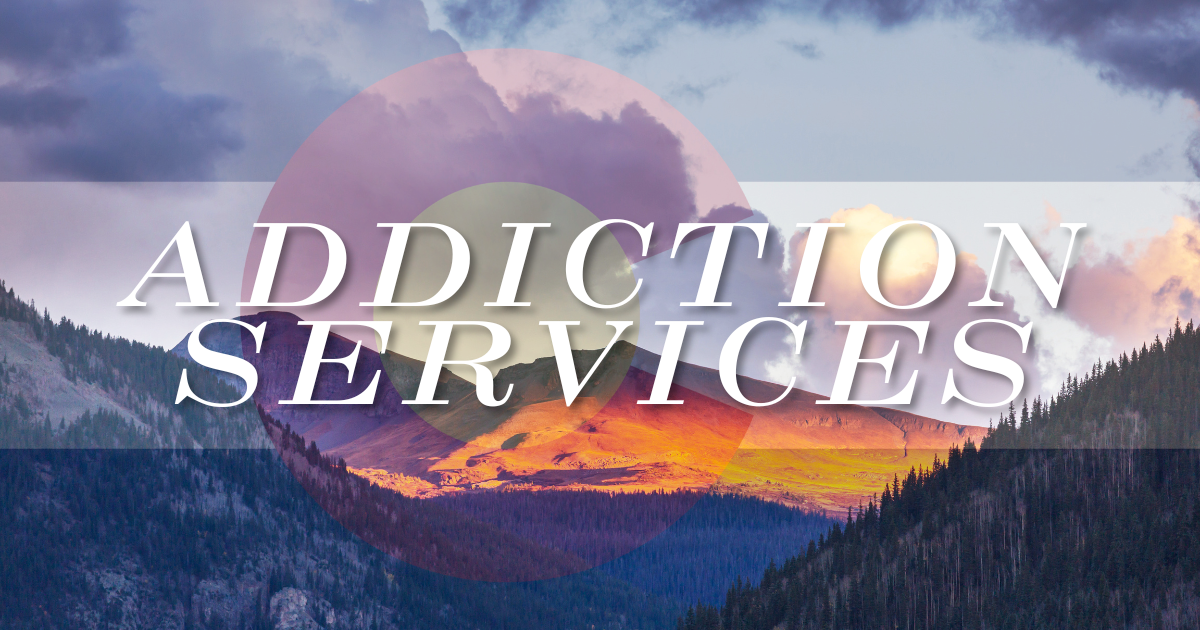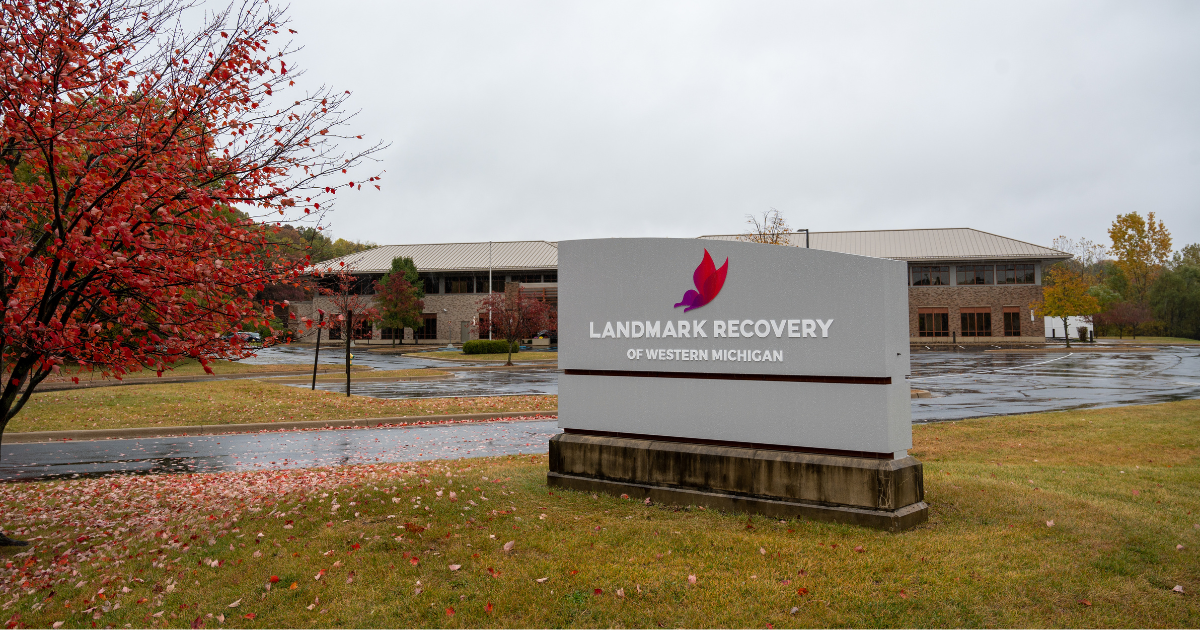The disease of alcoholism can be difficult to understand and navigate. At times, it may feel like there is no help or way out. However, no matter how heavy you or a loved one’s drinking may be, there is always hope and the chance of recovery.
Rehab is one method that many individuals have found effective for overcoming alcoholism. According to studies by the National Institute on Alcohol Abuse and Alcoholism, roughly one-third of people who are clinically treated for alcohol problems have no further symptoms one year later.
While rehab and other forms of clinical treatment are recommended for treating alcoholism and many other diseases, there are still some individuals who may be able to treat themselves using online resources and help. However, please be aware, alcohol withdrawal can be a POTENTIALLY FATAL process. As such, it is much safer to withdraw in a certified detox facility.
The Dangers of Withdrawal from Alcoholism
Healthcare professionals all agree that alcohol withdrawal may lead to life threatening side effects. Complications such as convulsions, where the body goes into epileptic seizures, and cardiac arrhythmia, where the heart goes into spasms, are two possibly fatal outcomes for heavy drinkers who go cold turkey. This is why hospitals and treatment centers will sometimes advise individuals to continue drinking before checking in for treatment.
Alcohol withdrawal occurs when an individual who has consumed excessive alcohol for a prolonged period of time suddenly stops using. Alcohol is a sedative, so generally speaking it will relax the body and induce calmness. Over time, the brain must work in overdrive to overcome the effects of the sedation and achieve a normal functional level. When the body suddenly stops intaking alcohol, the neurotransmitters continue to fire as though they were being subdued, only this time there is nothing to block them. The neurotransmitters firing in overdrive will lead to all sorts of complications.
Another way to think of the process is your brain is a car and alcohol is the brakes. Imagine driving around with one foot on the brakes. If you suddenly take your foot off the brake but continue with the same pedal pressure on the gas, you will be going much faster. It’s also like if two equally balanced people were playing tug of war and one person suddenly dropped the rope, sending the other person flying backward. The most common side effects of alcohol withdrawal are:
- Shakiness
- Loss of appetite
- Headaches
- Sweating
- Anxiety
- Insomnia
- Dehydration
- Fatigue
- Depression and irritability
The side effects are painful but are not necessarily lethal. The more serious side effects usually only occur in severe alcoholics who have years of continual heavy drinking under their belt. The appearance of any of these withdrawal symptoms should be followed by immediate hospital or treatment admittance.
- Heart Palpitations
- Hallucinations
- Seizures
- Delirium Tremens (DT)
Help With Alcoholism
Starting the recovery process for alcoholism can be one of the hardest parts of the process. Recognizing the problem can be one of the most significant steps in seeking treatment. The National Institutes of Health recommend asking some questions to see if your drinking may be getting in the way of your life. Some of these questions include:
- Have you had times when you ended up drinking more, or longer than you intended?
- Do you experience a craving or a strong urge to drink?
- Have you tried to cut down or stop drinking more than once but couldn’t?
- Have you had to drink much more than you once did to get the effect you want?
Answering yes to these, and other questions, may be a sign that you are experiencing alcohol use disorder. Most people that struggle with alcohol use disorder may have difficulty making the change to sobriety. In the early stages of recovery, understanding and acceptance of the disease can be the biggest obstacle to overcome. If you are still at the point where you are debating whether or not you have a problem, here is a helpful chart to determine your level of addiction.
Social Drinking vs. Binge Drinking vs. Alcoholism
According to the NIAAA, those individuals who drink in low risk patterns are defined as social drinkers. This demographic is classified by consuming no more than 7 drinks per week, and no more than 3 drinks per sitting.
- Men aged 21-65 should have at most 14 drinks per week, with no more than four at any one sitting.
- Women and people over 65 should have at most 7 drinks per week, with no more than three at any one sitting.
What constitutes a drink? A helpful marker for designating drinks is that one drink is equal to: 12 ounces of beer (roughly 5% alcohol content) 8 ounces of malt liquor (roughly 7% alcohol content) 5 ounces of wine (roughly 12% alcohol content) or 1.5 ounces of 80-proof (roughly 40% alcohol content) aka whiskey, vodka, rum, or gin.
Social Drinking
While there is no set definition for social drinkers, there are some generally accepted guidelines and traits for what constitutes the thought patterns of social drinkers. Generally, they:
- Don’t feel the need to continually monitor the amount of drinks they intake.
- Don’t spend a disproportionate amount of time thinking about alcohol.
- Don’t feel the need to drink alcohol in order to have a good time.
- They never or rarely get into trouble for reasons related to alcohol consumed
- Only drink alcohol on occasion.
- Don’t regret things that they say or do while under the influence of alcohol.
Binge Drinking
Binge Drinkers are considered as the transitional phase between social drinkers and legitimate alcoholics. Binge drinkers can be considered as anyone who surpasses the consumption limits for healthy drinking outlined by the NIAAA. However, they may also qualify according to other signs, such as:
- Lapses in work or home responsibilities
- DUI or other legal trouble
- Continued or involuntary alcohol use despite negative consequences
- Alcohol usage leading into dangerous or negative situations
Alcoholism
According to SAMHSA, the Substance Abuse and Mental Health Services Administration, heavy alcohol use is defined as binge drinking on 5 or more days in the past month. Binge drinking, as defined above, involves a pattern of drinking that exceeds the limits outlined by healthy drinking defined by the NIAAA. Another way to define alcoholism is anyone who exceeds binge drinking that brings Blood Alcohol Content (Or BAC) to levels above 0.08 per session, more than 5 times per week. Here are some telltale signs of alcoholism to look out for if you suspect yourself or a loved one of being an alcoholic:
- Using alcohol as a reward.
- Drinking daily.
- Living a double life that separates binge drinking from their daily work or home life.
- Binge drinking more than a few times per week (more than 5 drinks in one sitting).
- Having difficulty imagining life without alcohol.
- Having chronic blackouts from drinking.
- Alternating between feelings of guilt and shame towards their drunken behavior.
- Behaving in ways that are uncharacteristic of their sober when drinking.
- Surrounding themselves with other social drinkers or binge drinkers.
- Repeatedly attempting to take breaks from drinking.
- Continually getting drunk before arriving at parties/bars (pre-gaming).
- Having an increasing sense of denial about their binge drinking.
- Driving while intoxicated and not getting arrested or involved in an accident.
- Having the inability to control alcohol consumption after their first few drinks.
- Family members or friends have expressed concern.
- Engaged in risky sexual behavior while under the influence.
- Constantly thinking about the next time they can drink.
- Always having to finish an alcoholic beverage whether it’s their own or another persons.
Quitting Drinking
Once you’ve decided that it’s time for change, you will want to set some goals and guidelines for yourself to follow. You will hold yourself accountable for these goals and use them as benchmarks for your progress. Make sure your goals are SMART.
Specific
Measurable
Attainable
Relevant
Timely
Some examples could be:
- I will stop drinking alcohol starting on this date ______
- I will stop drinking on weekdays starting on Monday
- I will limit my drinking to no more than three drinks per day
- I will cut back on my weekend drinking to a maximum of five drinks per day
- I will spend no more than $40 per month on alcohol
Once you’ve set your goals, you can begin the process of making them into a reality. Remove all alcohol and alcohol related paraphernalia from your place of residence. Commit to your new goals by writing them down in a place where you will see them everyday, such as a mirror or daily to-do list. Follow these guidelines once you have established what your goals are:
Get rid of temptations.
Remove all alcohol and alcohol related paraphernalia from your place of residence
Announce your goal.
Tell friends, family members, and close co-workers that you’re trying to stop or cut back on drinking. If they drink, ask them to support your recovery by not doing so in front of you.
Be upfront about your new limits.
You should be clear about your rules regarding drinking and try to limit your exposure to tempting situations. For example, if you want to attend an event with alcohol you may want to request that a friend of yours keep you accountable and not let you drink.
Avoid bad influences.
You should try to distance yourself from anyone who don’t support your efforts to stop drinking or who refuses to acknowledge the limits that you have set. This could mean giving up certain some friends and connections.
Learn from the past.
Reflect on all your past attempts at stopping or reducing your drinking. What worked? What didn’t? What can you do differently in order to avoid failure this time.
Even with online resources and the support of friends and family, quitting cold turkey can be hard. Many people choose to go through a treatment program and transition to group counseling, such as Alcoholics Anonymous, following the initial recovery period. Fortunately, there are many support networks and treatment options for those looking to enter a life of sobriety.
Alcoholics Anonymous (AA)
For those suffering from the disease of alcoholism, there is hope in the form of Alcoholics Anonymous. This organization has helped people around the world struggling with alcoholism to find clarity, peace, and a positive framework for sobriety. Originally founded in 1935 in Akron, Ohio, A.A. defines itself as an international fellowship of men and women whose stated purpose is to enable its members to “stay sober and help other alcoholics achieve sobriety”. Support groups are available across the world, attendance and participation is free, and upwards of 2 million people are members.
Al-Anon and Alateen
For friends and family members of an alcoholic, one of the most difficult and important aspects of recovery is learning to let go and “let God”. In the Al-Anon program, this concept is known as “detachment”. Detachment teaches those in some kind of relationship with an alcoholic to detach from their loved one’s addiction in a healthy manner. A major component of Al-Anon is learning that those who live with another person’s alcoholism did not cause, cannot control, and cannot stop their loved one’s drinking. Detachment teaches us how to relinquish our obsession with the alcoholic’s behavior, letting go of our attempts to control or influence them, and allowing ourselves to live happier, more manageable lives.
SMART Recovery
SMART Recovery is a 4 point program for those seeking to break the chains of addiction and successfully lead a productive life free from drugs and alcohol. Any AA alternatives should work to match the individual’s needs, and SMART Recovery offers a broad array of methods that teach addicts to cope with urges, build motivation to keep working, and live a balanced, overall life of purpose. Much like AA, it is used by thousands across the world. Unlike AA, it is not a 12-step program based on faith in a higher power.
National Institute on Alcohol Abuse and Alcoholism (NIAAA)
This is a national organization that can provide you with information on alcohol-related issues and treatment resources. Many people often refer to the National Institute on Alcohol Abuse and Alcoholism (NIAAA) to learn about current alcohol use research studies and finding opportunities for various treatment services. The NIAAA also publishes a variety of articles and white papers related to the effects of alcoholism, binge drinking, alcohol poisoning and drinking during pregnancy.
National Institute on Drug Abuse (NIDA)
The National Institute on Drug Abuse (NIDA) provides scientific data about causes of alcoholism, as well as the short- and long-term effects of heavy drinking. Having a comprehensive understanding about alcohol use disorders (AUDs) helps develop new ways to treat those who are battling a drinking problem. The organization has a wide range of studies containing information about how excessive alcohol consumption affects and rewires the brain.
National Institutes of Mental Health (NIMH)
The National Institute of Mental Health (NIMH) is the lead federal agency for research on mental disorders. NIMH is one of the 27 Institutes and Centers that make up the National Institutes of Health (NIH), the largest biomedical research agency in the world. NIH is part of the U.S. Department of Health and Human Services (HHS). The NIMH envisions a world in which mental illnesses are prevented and cured, and their mission is to transform the understanding and treatment of mental illnesses through basic and clinical research, paving the way for prevention, recovery, and cure.
In Conclusion
Withdrawing from alcohol can be a dangerous and even deadly prospect. If you are concerned about a drinking problem and wish to help yourself or a loved one get sober, it is recommended that you consult with a medical professional or enlist the assistance of a certified detox and rehabilitation center. Alcohol withdrawal is a telltale sign of a serious issue. At Landmark Recovery, we pride ourselves on offering leading, evidence-based treatment for those suffering from any kind of substance use disorder. Visit our website to learn more about drug and alcohol rehab in Carmel as well as our residential and IOP programming.

Choose Recovery Over Addiction
We're here 24/7 to help you get the care you need to live life on your terms, without drugs or alcohol. Talk to our recovery specialists today and learn about our integrated treatment programs.







